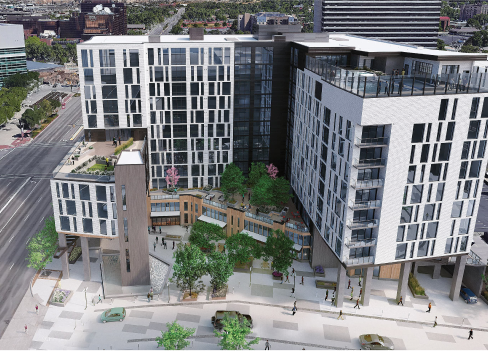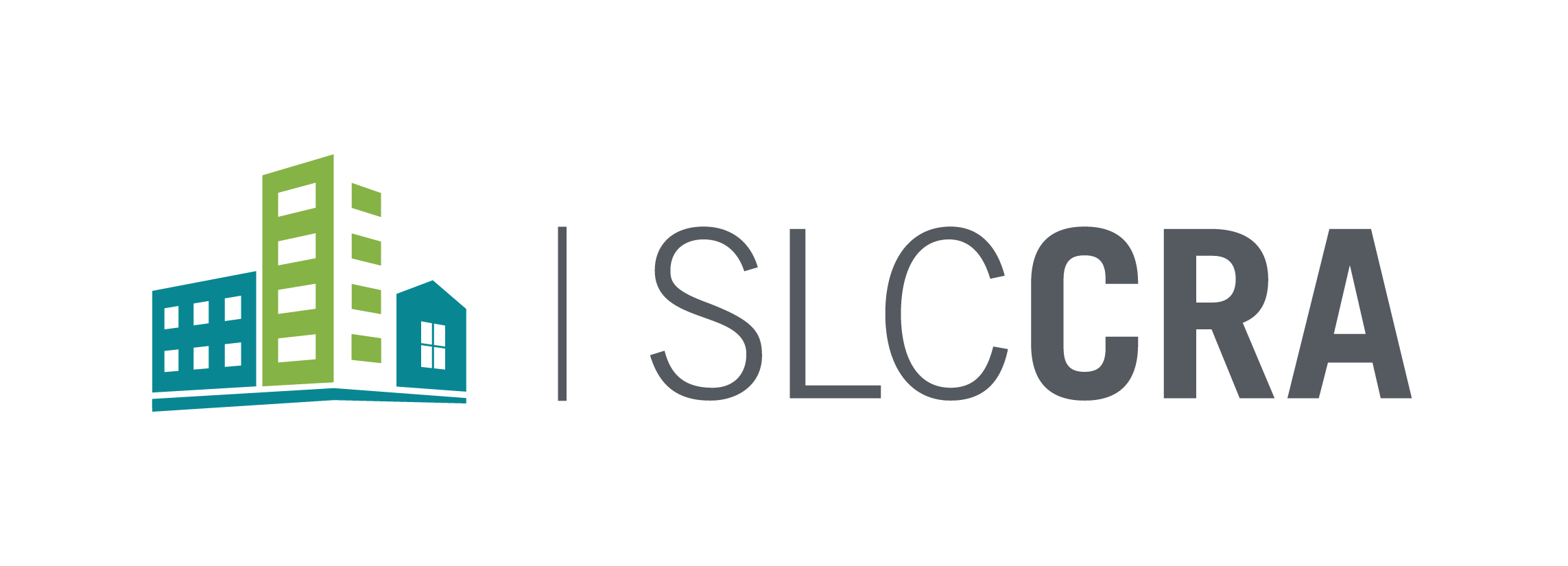Archives: Project Areas
Backyard Keys: An ADU Loan Program
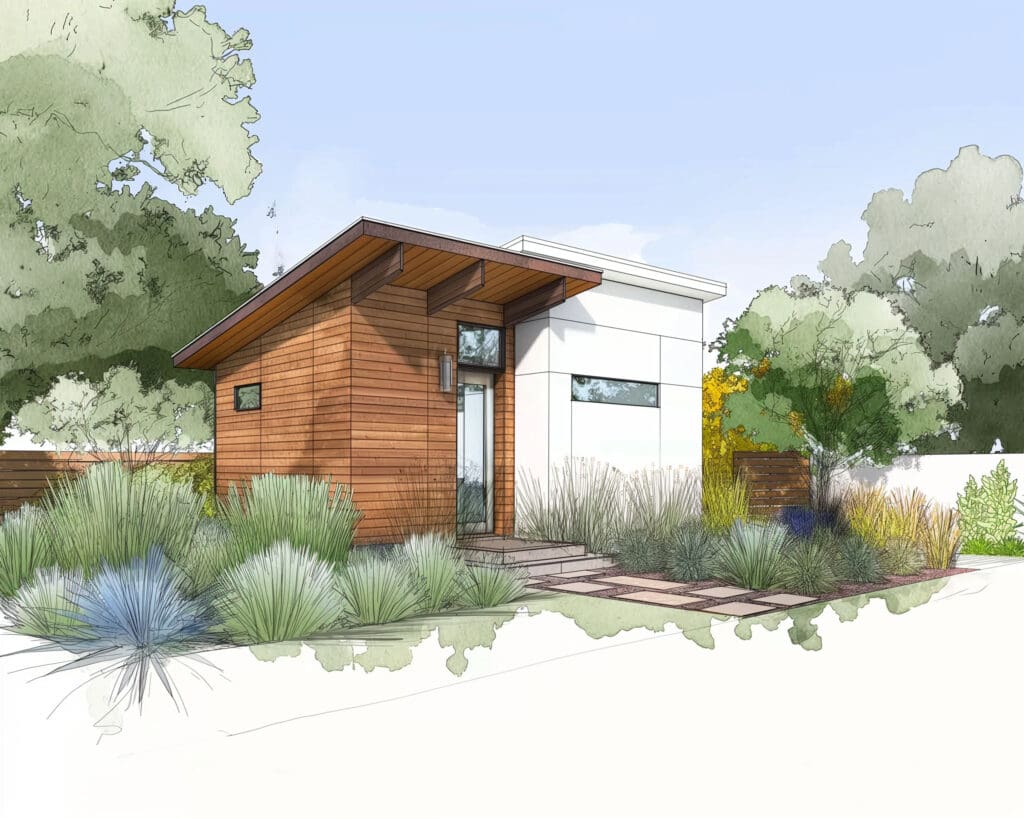
Through the Backyard Keys program, Salt Lake City homeowners on the Westside now have access to affordable financing to build an Accessory Dwelling Unit (ADU) — also known as a basement apartment, backyard cottage, or mother-in-law suite.
This new program, administered in partnership with the Community Development Corporation of Utah (CDCU), is designed to increase affordable housing options and help residents build wealth.

What the Backyard Keys Loan Program Offers
| Feature | Details |
|---|---|
| Max Loan Amount | $200,000 |
| Interest Rate | 3% fixed |
| Term | 5 years, with a 5-year extension option |
| Amortization | 30 years |
| Loan Forgiveness | Up to 10% for rent-restricted ADUs |
| Application + Origination Fee | $2,000 (may be rolled into loan) |
| Compliance Fee | $200/year for affordability verification |
Who’s Eligible for Backyard Keys?

Owner-occupants building an ADU on their west side property (west of I-15 in Salt Lake City) may qualify.
Homeowners located within Salt Lake City’s 9-Line Community Reinvestment Area — which runs along 900 South between I-15 and the Jordan River — will receive loan priority, as this area has dedicated funding set aside for ADU development.
✔️ Must live west of I-15
✔️ Must use the property as a primary residence
✔️ Must complete Salt Lake City’s Good Landlord training
✔️ Must participate in financial counseling
There are two ways to participate:
| Household Income | Rental Requirements |
|---|---|
| ≤ 80% AMI | No rent restrictions — live in or rent your ADU at any price |
| > 80% AMI | You must rent either the main home or the ADU at a price affordable to renters earning 80% AMI or less |
Curious how you’d qualify? Learn more about Area Median Income (AMI) and use an online calculator to estimate your household income level.
How to Apply for the Loan Program
Loans applications are accepted as funding is available. All will be administered through CDCU.
Want to be notified when applications open? Join the interest list here.
Additional Resources
Looking to build an ADU but not sure where to start? These resources will help you understand the requirements, streamline your approval process, and connect with city planning staff for support.
Get an overview of what’s allowed, how to apply, and key zoning and building code requirements.
View the ADU Handbook (PDF)
Speed up your project with pre-approved ADU designs. These plans meet city building codes and can simplify the permitting process.
Explore Pre-Approved ADU Plans
Citywide Housing
Richmond Flats
Richmond Flats is a housing development situated on the southeastern edge of the city. In 2019, the RDA Board granted a land acquisition loan of $1.8 million to fund the project. This project is set to increase affordable housing options in areas of the City that are classified as “high opportunity.” The development is comprised of 55 one-, two-, and three-bedroom apartments, which will be affordably priced for households earning between 25% and 55% of the area median income.
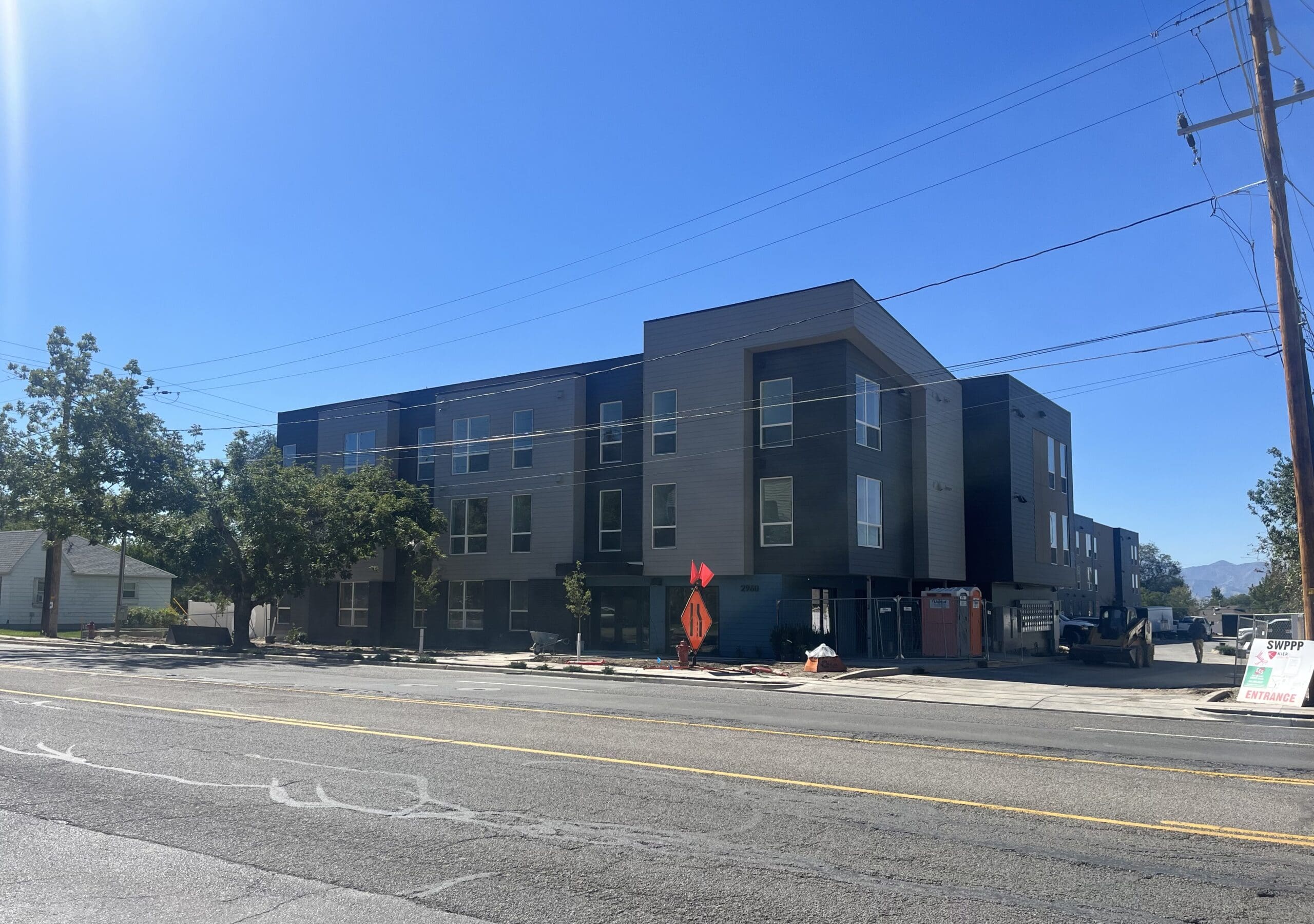
9 Line
The 9 Line Community Reinvestment Area is located less than two miles from Downtown Salt Lake City, and spans the communities of Poplar Grove to the north and Glendale to the south. The area is characterized by single-family neighborhoods, industrial uses, and small- to mid-scale commercial centers. It also has several parks and two trail corridors. The RDA is working to leverage the neighborhood’s existing assets while encouraging commercial revitalization, housing stability, economic development, and enhancement of the public realm.
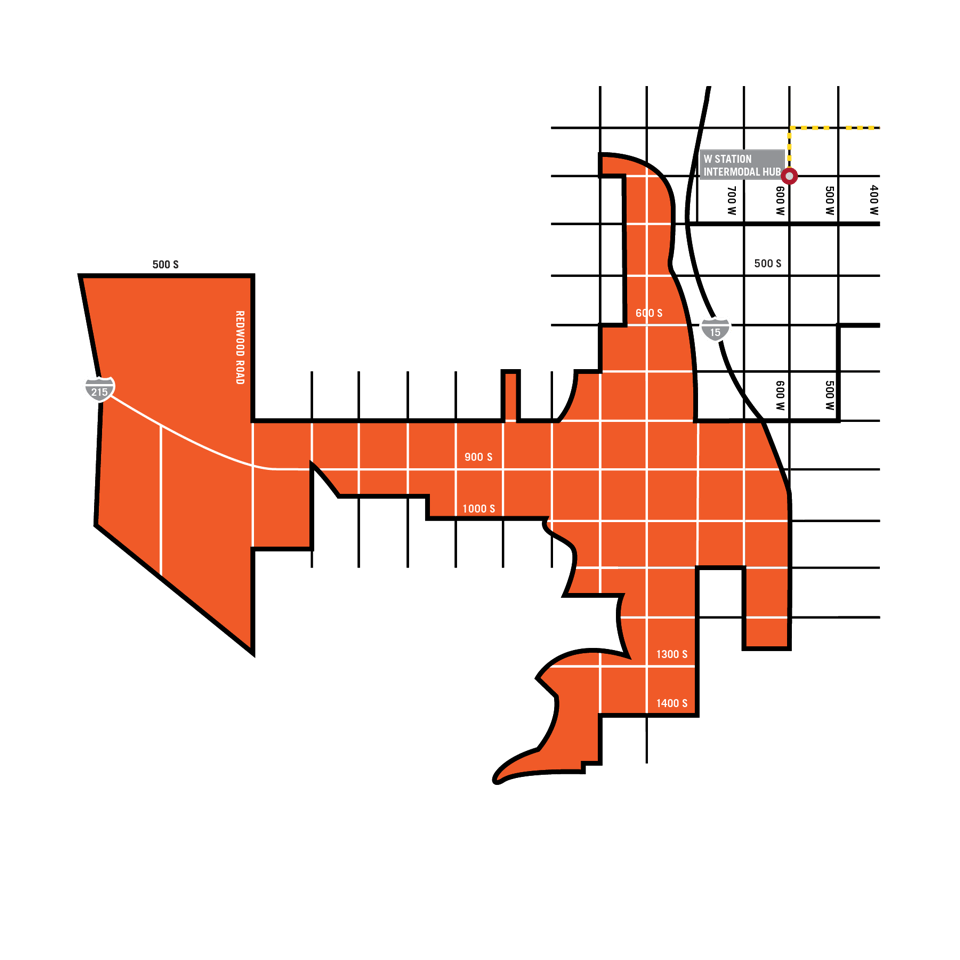
West Temple Gateway
Located on the southern periphery of Downtown Salt Lake City, the West Temple Gateway Project Area is a gateway to the City’s business district by way of an attractive, urban residential environment. The area’s rising neighborhood business district on 900 South, aptly branded Central Ninth, is surrounded by an eclectic mix of multi-family developments, single-family homes, and a growing number of small-scale commercial and office buildings. The centrally-located 900 South TRAX Station, which was built with RDA assistance in 2005, provides area residents and businesses with excellent transit connectivity to other commercial and residential nodes located throughout the Salt Lake Valley.
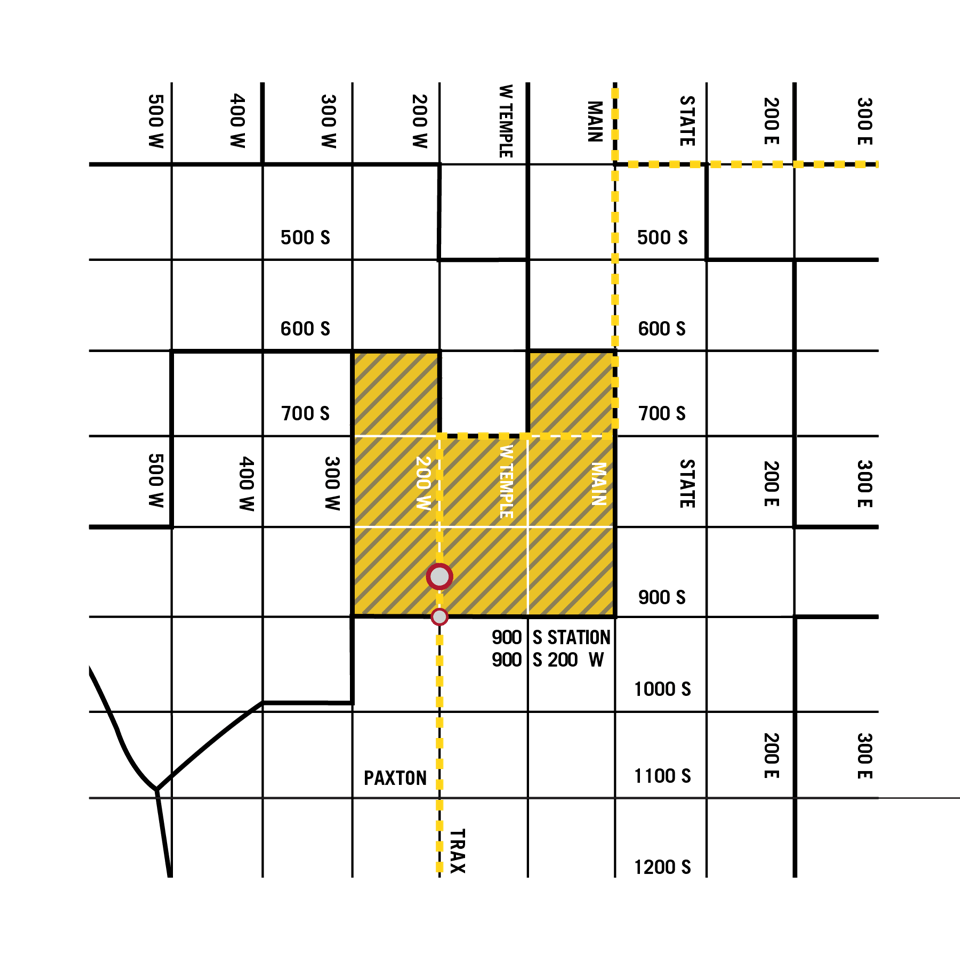
Central Ninth Streetscape
Before this project, the Central Ninth Neighborhood in Salt Lake City lacked a neighborhood “main street,” which could be used as a place for residents to gather, eat, shop, and truly experience the perks of urban living. The project includes the addition of ample on-street parking for businesses, a new two-way cycle track and wider sidewalks, the burying of utility infrastructure to enhance the aesthetic appeal of the area, and dozens of new street-lining-trees. The RDA has contributed $7.3 million to make this project possible.
*Above rendering from Atlas Architects
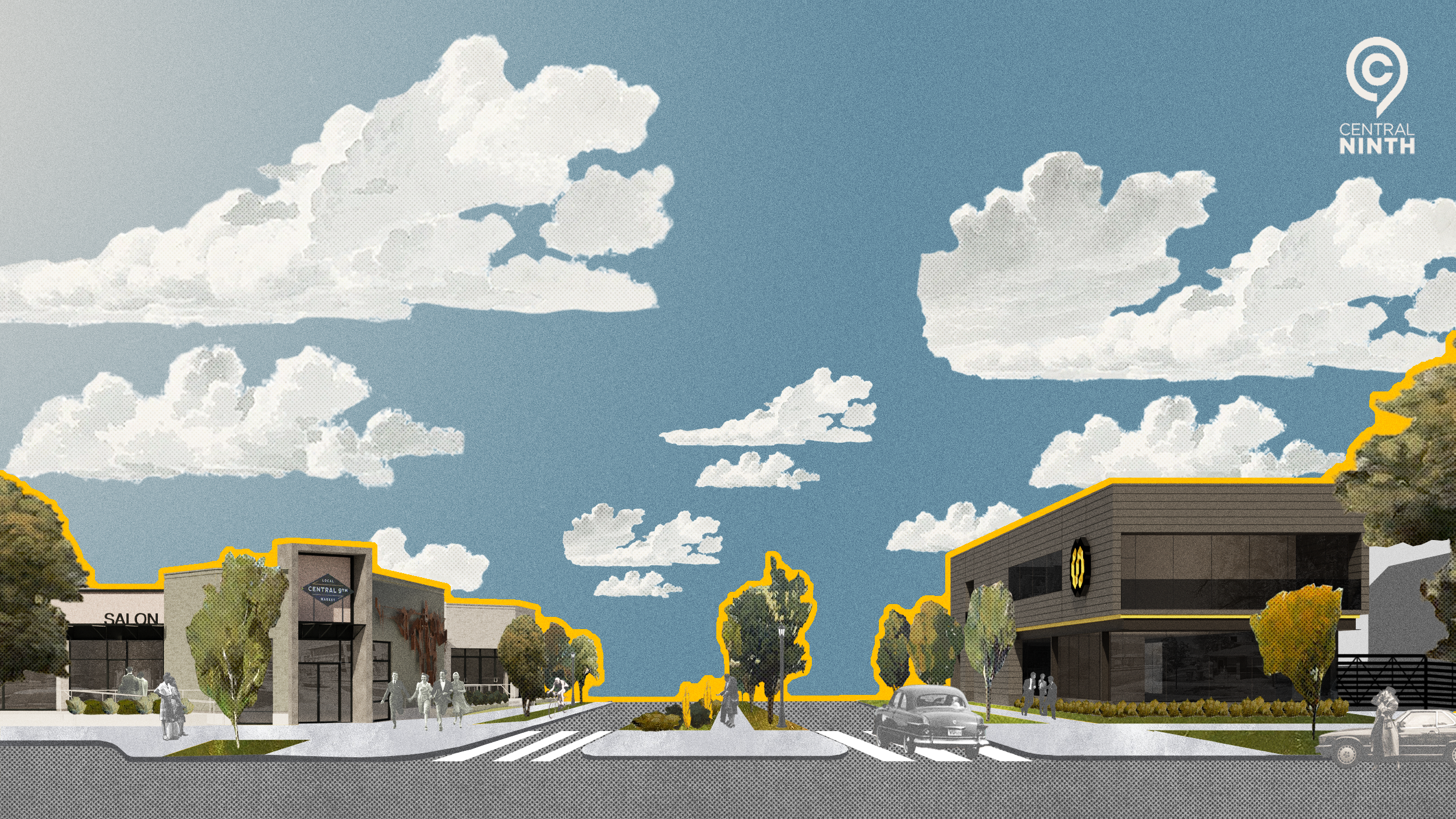
West Capitol Hill
Located between 300 and 800 North, and between 200 and 400 West, the West Capitol Hill Project Area (WCH) includes portions of Salt Lake City’s historic Marmalade neighborhood, and its many pockets of charming residential and commercial structures. The redevelopment plan for WCH seeks to stabilize the residential neighborhoods, while strengthening the commercial business corridor along 300 West. While we partnered with other City entities to make 300 West safer and more welcoming, and aligned with Preservation Utah on the rehabilitation of several historic homes on Pugsley Street, much of the RDA’s focus has been spent on the Marmalade Block development, a 4-part, multi-year project comprised of roughly 3.5 acres between 500 and 600 North, and 300 West and Arctic Court. For many years prior to 2005, we purchased several parcels on this block with the intent to redivide the properties and redevelop them separately with several development partners. This allowed for a mix of design ideas that would be built side-by-side, while also keeping the overall look and design of the project within the scale of surrounding neighborhood, like Arctic Court directly to the east. Three of the four elements of the Marmalade Block have been completed:
- Marmalade Branch Library – Completed in 2016
- The community cornerstone of Marmalade Block, the two-story modern structure offers more than 18,000 square feet of interior space for the community to utilize. We managed the right-of-way and design process for the public plaza on the east side of the building, which includes a promenade to the middle of the block comprised of a double row of trees.
- Grove Townhomes – Completed in 2018
- Built east of the library, the 12 for-sale townhomes were specifically oriented to face the public plaza planned for the interior of the block. We wanted owner-occupied residences here so that they could further stabilize and transition the single-family residential Marmalade neighborhood to the east. This project contributed to the RDA’s goal to diversify the tax base of the West Capitol Hill Project Area to keep it healthy and economically sustainable far into the future.
- Harvest Apartments – Completed in 2022
- Across three buildings lie 252 residential units, 12 live-work units, and two (2) 2,400 square-foot commercial spaces with frontage on 300 West. The mixed-use development will activate the block’s community-oriented open space (the forthcoming Marmalade Plaza).
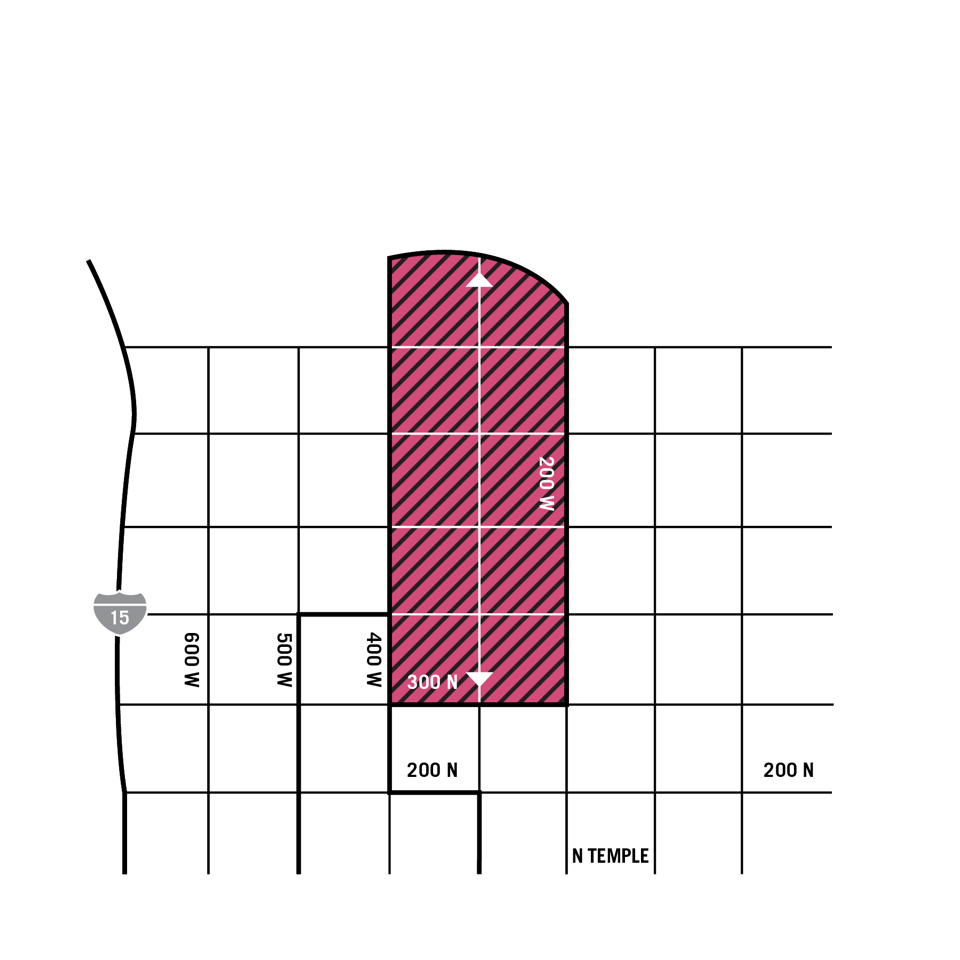
Marmalade Plaza
Marmalade Plaza will be the centerpiece of the Marmalade Block development. The open space design of the plaza is remarkable, featuring a unique water feature flanked by concrete seat walls, a principal plaza surfaced with etched concrete in a vegetative pattern, a tree-lined corridor with a lawn area extending from 300 West, public art installations, and more. The RDA has allocated $3.6 million towards the project, underscoring its importance to the community. Once completed, the plaza will provide a great place for individuals to meet, gather with friends and family, and foster meaningful connections.
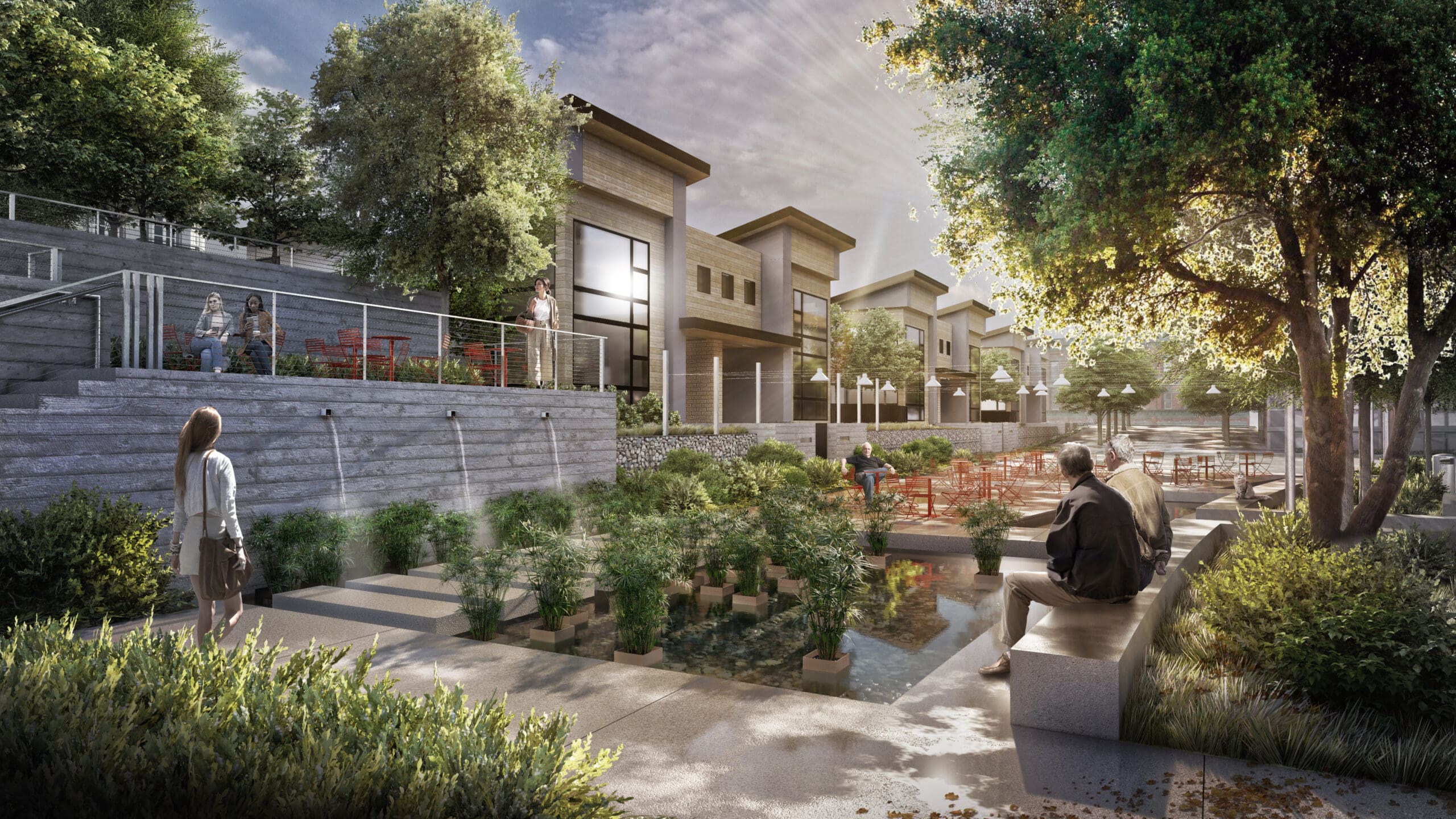
State Street
Covering a large expanse of Salt Lake City, the State Street Project Area is bounded by: 2100 South and 300 South on the south and north; Interstate-15, 200 West, and West Temple on the west; and 200 East on the east. It is comprised of a range of districts and neighborhoods with differing land uses, urban design characteristics, and transportation features. A key component of the project area is State Street, once the primary north/south highway connecting Salt Lake City with adjacent cities prior to the construction of Interstate-80 and Interstate-15. This automobile-focused corridor continues to be a critical gateway to Salt Lake City. There is opportunity to expand the street’s uses by including more pedestrian-friendly and livable features through infrastructure enhancement and creation. There is also opportunity for new development, the renovation and rehabilitation of existing buildings, and the creation of safe, welcoming public spaces.
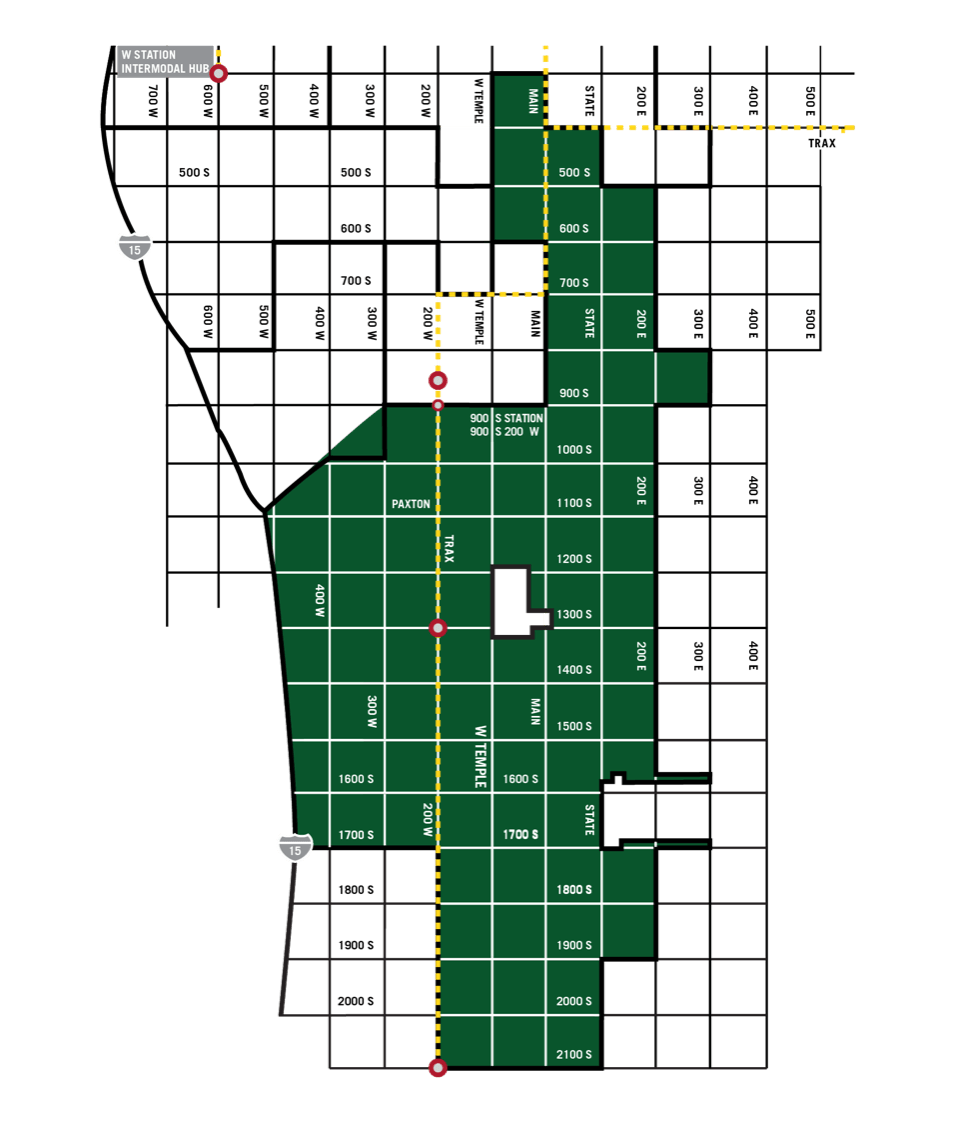
colony b
colony b is a transit-oriented residential development built with affordability and access in mind. Of the development’s 140 total studio- and one-bedroom units, 106 are rented at rates affordable to people earning 25 to 50% of the area median income (AMI). The RDA provided a $1.34 million loan to help finance colony b’s construction both because of its affordability and its intentional focus on serving vulnerable populations. Eleven (11) units are specially reserved for young people aging out of the foster care system, and 15 units are ADA-accessible. Additionally, it is steps away from the 1300 South TRAX station, enabling residents easy access to transit.

North Temple
The North Temple Project Area is a major entryway to Salt Lake City. Served by the TRAX airport light rail line, the North Temple Corridor connects Downtown to the Salt Lake City International Airport, making the area an opportune site for new transit-oriented development. The RDA is working to attract catalytic and infill development to the area by promoting its loan and tax increment reimbursement programs. The area’s form-based zoning and significant street improvements are transforming it into a vibrant, walkable, transit-oriented corridor. The RDA’s recent purchase of an unsafe and dilapidated motel property and the current construction of a mixed-use development is also contributing to positive change in the neighborhood.
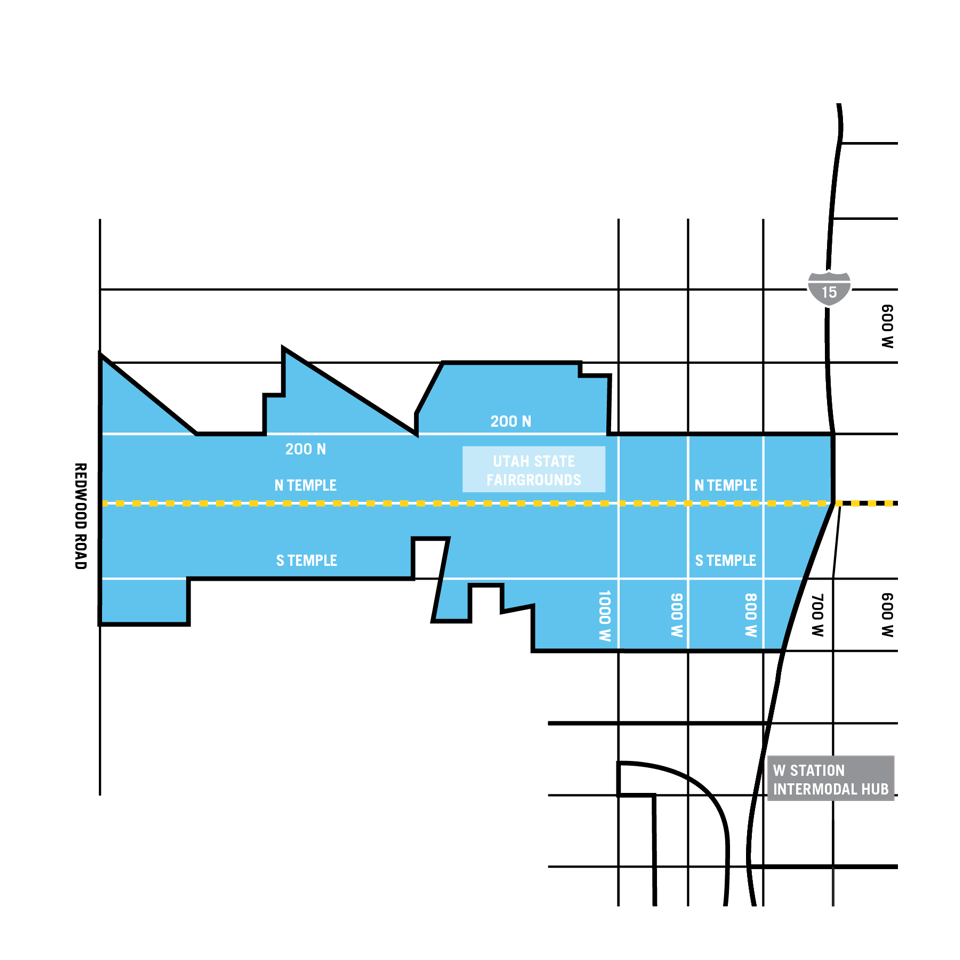
Spark
Spark is a new development in Salt Lake City’s West Side located on North Temple Blvd. that will cater to the needs of residents, pedestrians, and businesses. Currently under construction, this mixed-use, mixed-income, transit-oriented development will feature 200 residential units, out of which 100 units will be affordable for households earning between 20-60% of the area median income (AMI), while the other 100 units will be affordable to those making 70-80% of the AMI. To serve both Spark and adjacent residents, Spark will include amenities like a childcare center, a community courtyard, a midblock walkway, and some neighborhood-scale commercial spaces. Moreover, the development will ensure sustainable transportation for its residents, with the TRAX “Power Station” located conveniently across the way.
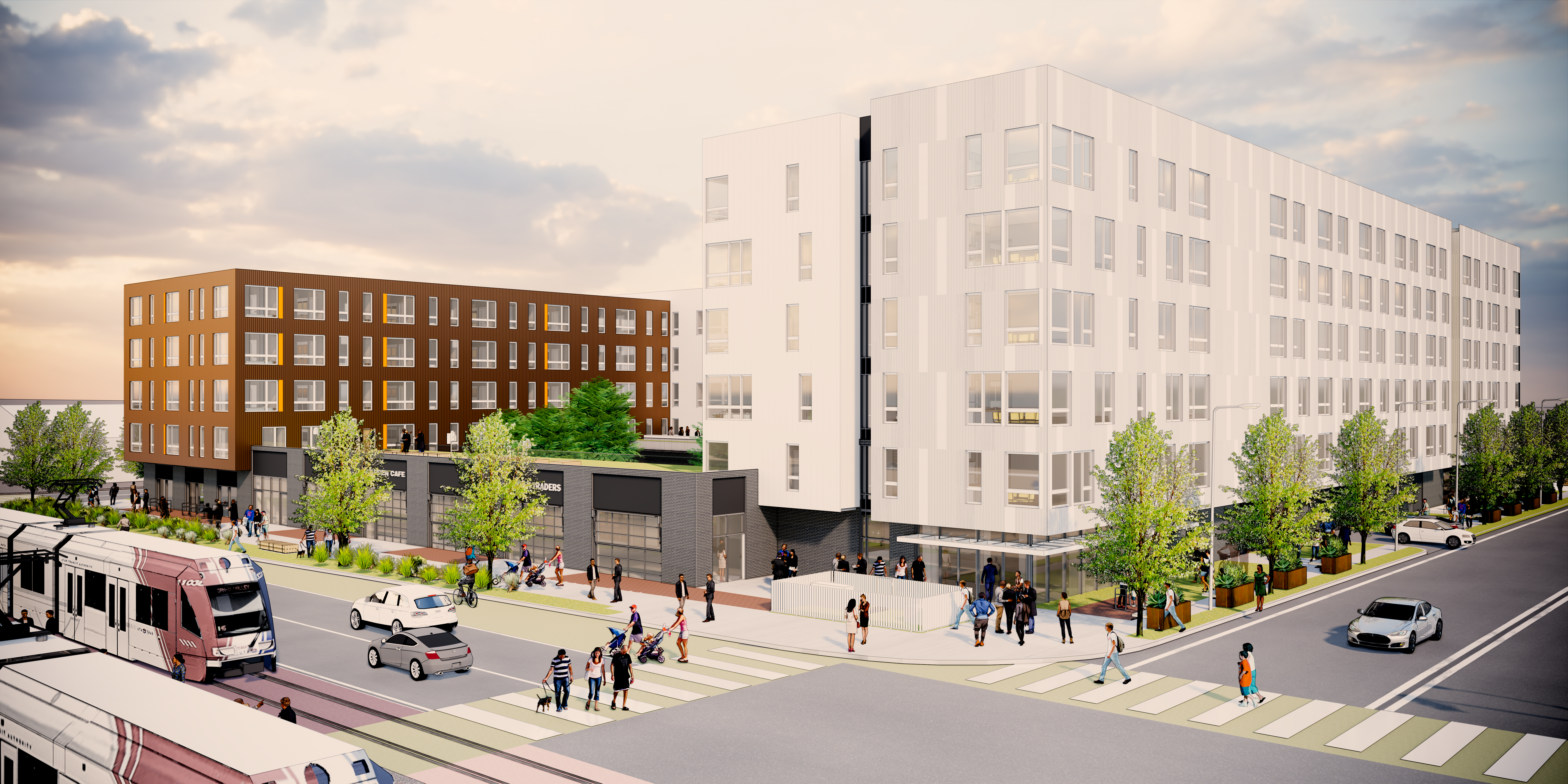
Folsom Trail
Phase I of North Temple neighborhood’s Folsom Trail is complete! The new one-mile paved pathway along a former rail corridor is perfect for walking, biking, or running. Phase II will increase access points to transportation routes, establish more open green spaces, and create a safe place to exercise and enjoy nature. A design plan for bringing City Creek – which flows under the Trail – up to the surface, has also been completed, and funding for making that recreational amenity a reality is currently being explored.
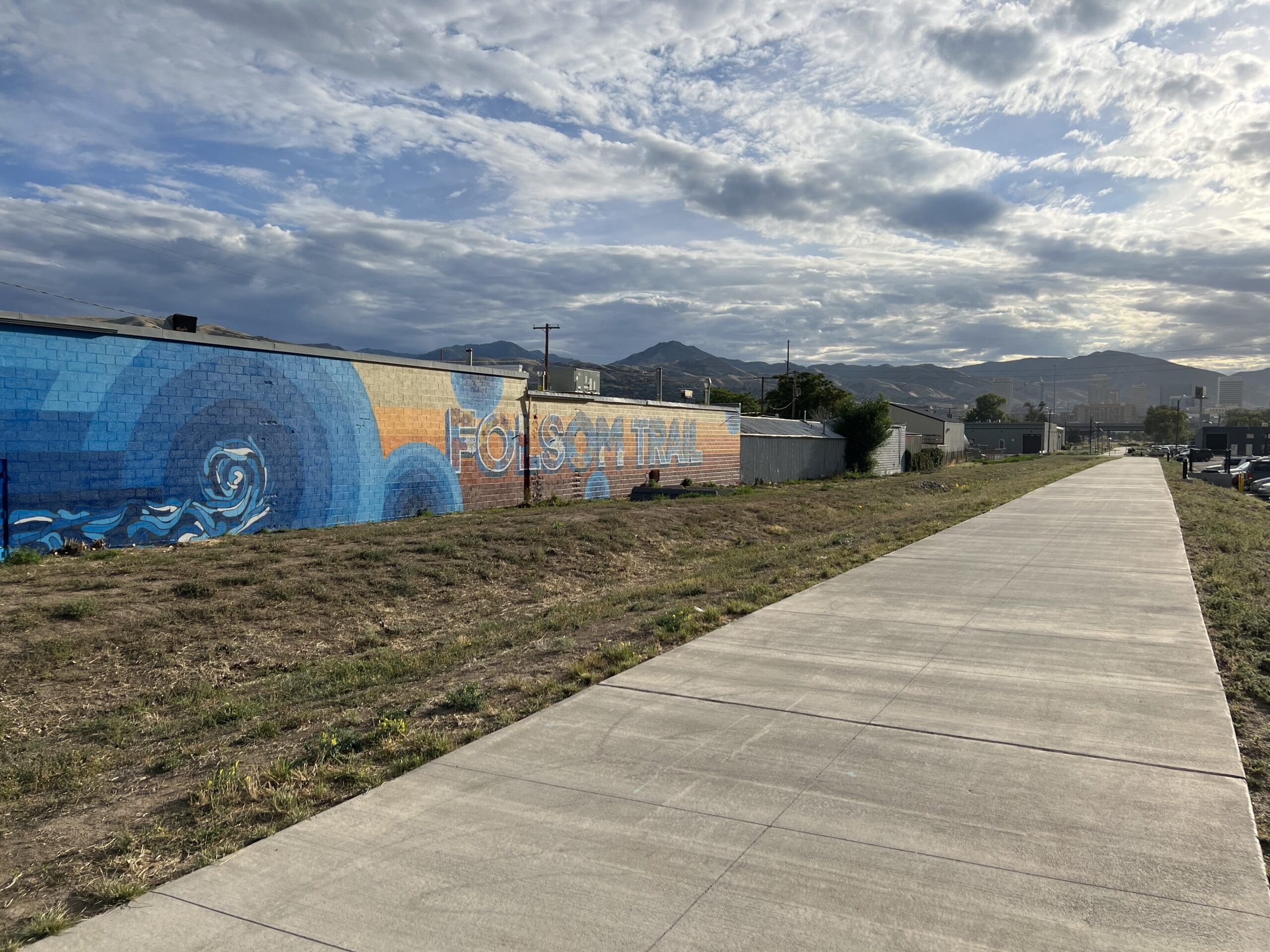
Granary District
The Granary District Project Area was historically utilized as an industrial and railroad corridor serving Salt Lake City. More recently, additional housing and service-oriented commercial developments have been added to the project area’s mix of land uses. The redevelopment plan aims to create mixed-use neighborhoods that support commercial businesses and services by improving public infrastructure, addressing deterioration, preserving historic structures, financially supporting adaptive reuse development, and creating open space. Granary District is the only project area to have a financial program all its own, The Granary District Adaptive Reuse Loan Program. This unique forgivable loan program has helped bring new local businesses to the Granary neighborhood through providing financial assistance to renovate structurally sound industrial buildings to serve more modern and active uses.
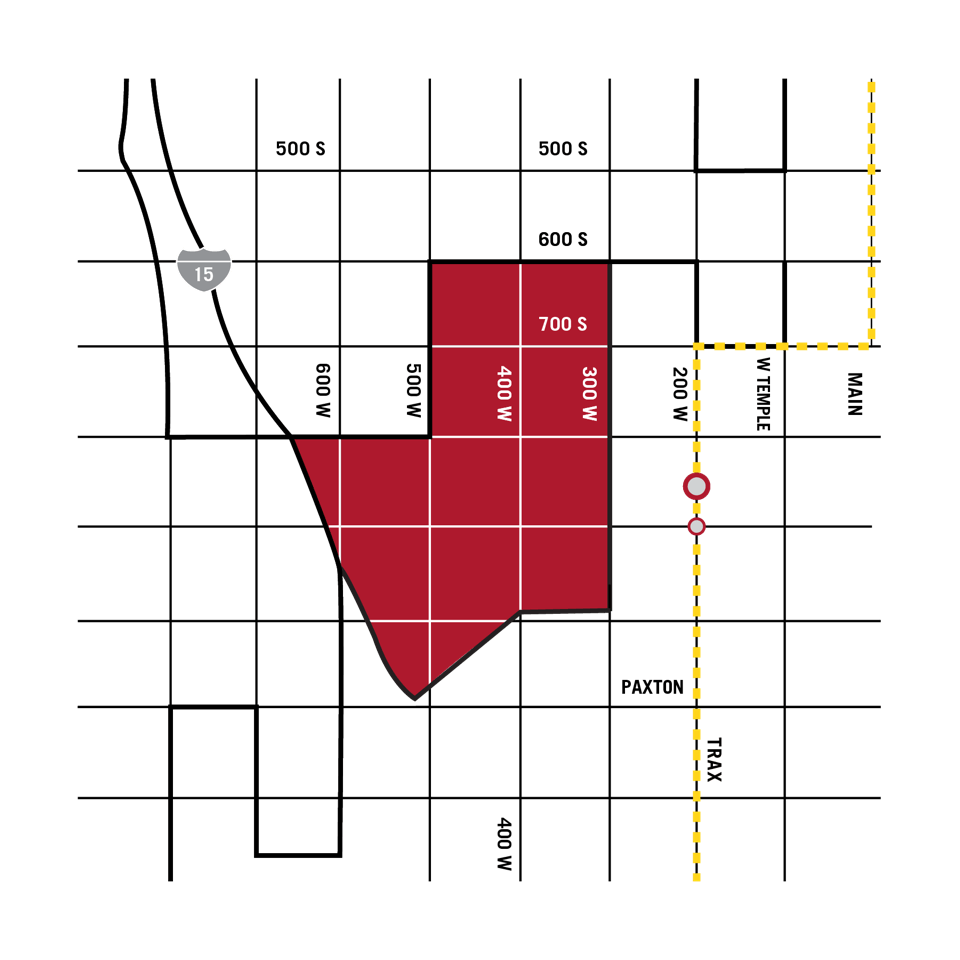
The Bicycle Collective
The Bicycle Collective has expanded to a new location in the Granary neighborhood. This innovative facility includes a spacious retail area, a fully equipped community bicycle repair shop, a professional workspace for mechanics, classrooms, administrative workspaces, and storage for donated bicycles. The Collective’s social impact and neighborhood activation has already begun—even before it opens its doors for business. The RDA Board approved a $2.25 million loan for the construction of the facility. The new location is expected to be completed by the end of 2023 and will become a vibrant community hub promoting cycling culture and sustainable living.
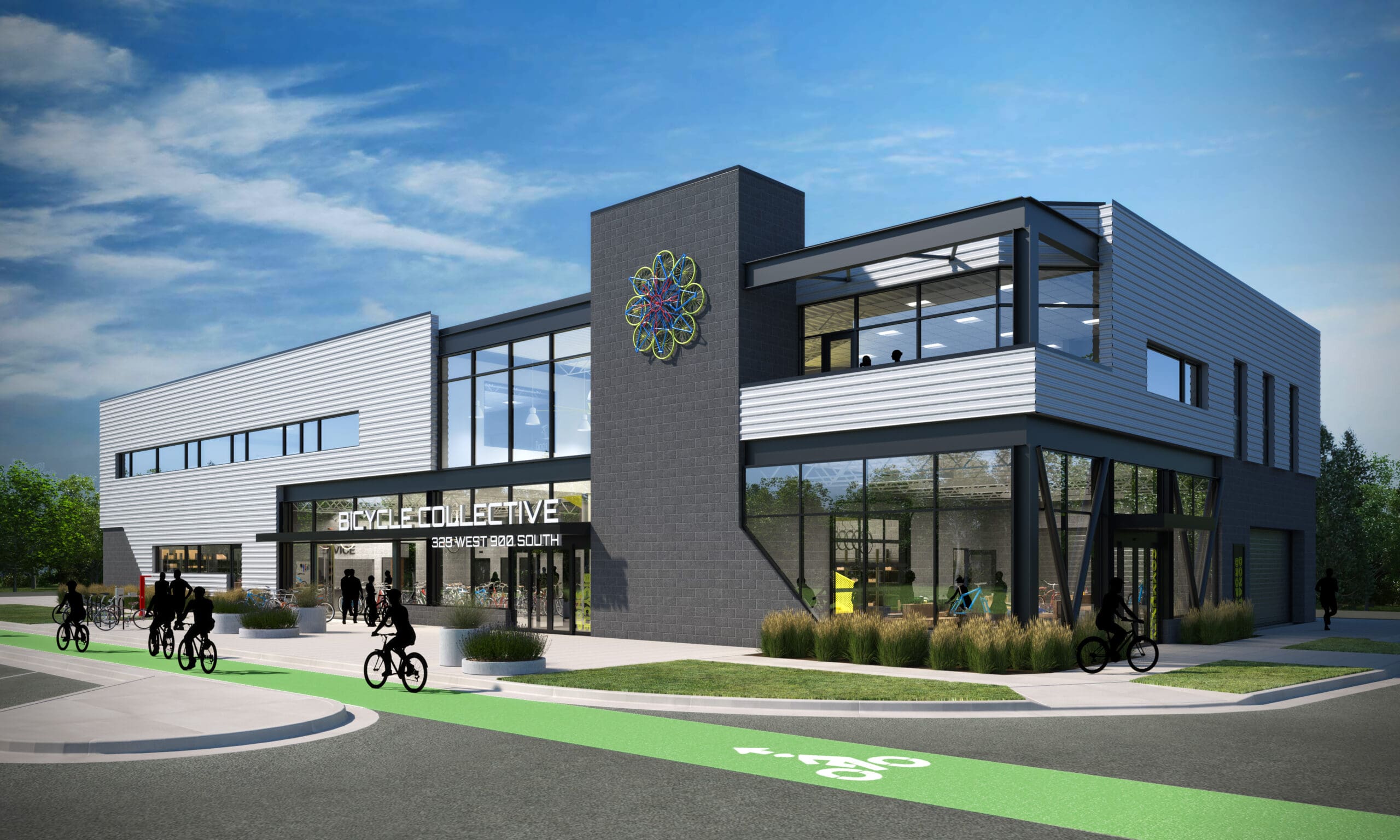
Fisher Brewing
The Granary District Adaptive Reuse Program offers financial support to the often-costly process of converting industrial buildings in the Granary District into updated spaces to serve a new purpose. Fisher Brewing is a two-time beneficiary of this program, having received a $136,962 loan, which they used to expand their brewery and a previous 2016 loan for the former auto shop’s initial conversion. The expansion includes extra tavern space, brewing areas, and outdoor dining facilities, which will surely help to further enliven the Granary neighborhood and draw more people into the area.
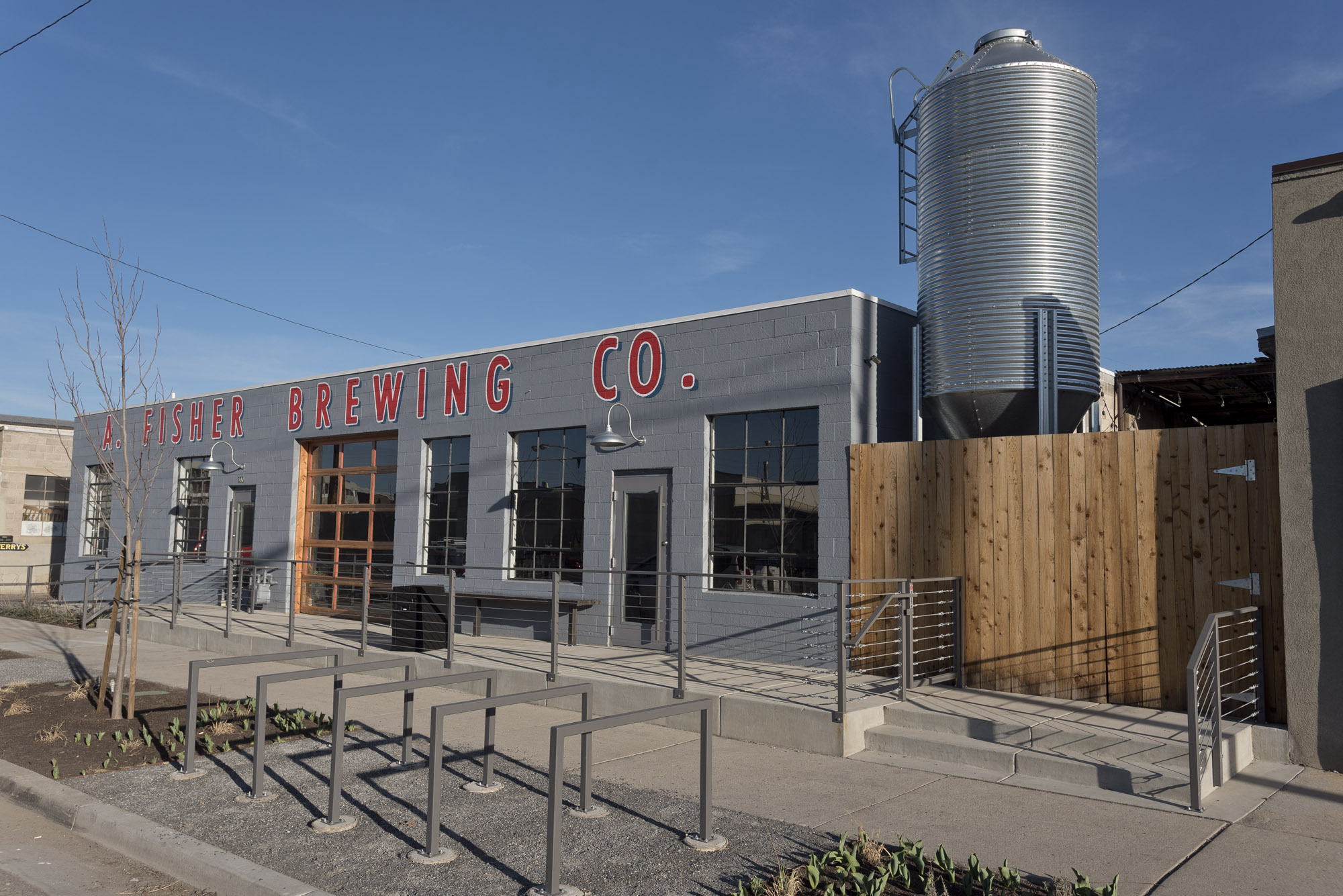
Depot District
The Depot District Redevelopment Project Area (DD) is located just west of Downtown, covering the area from North Temple to 400 South Street and 400 West Street to Interstate 15. Historically, the area has been part of the City’s industrial and railroad corridor. With the reconstruction of I-15 off-ramps and the consolidation of rail lines along 700 West Street, the improved accessibility of the area has made investment more desirable.
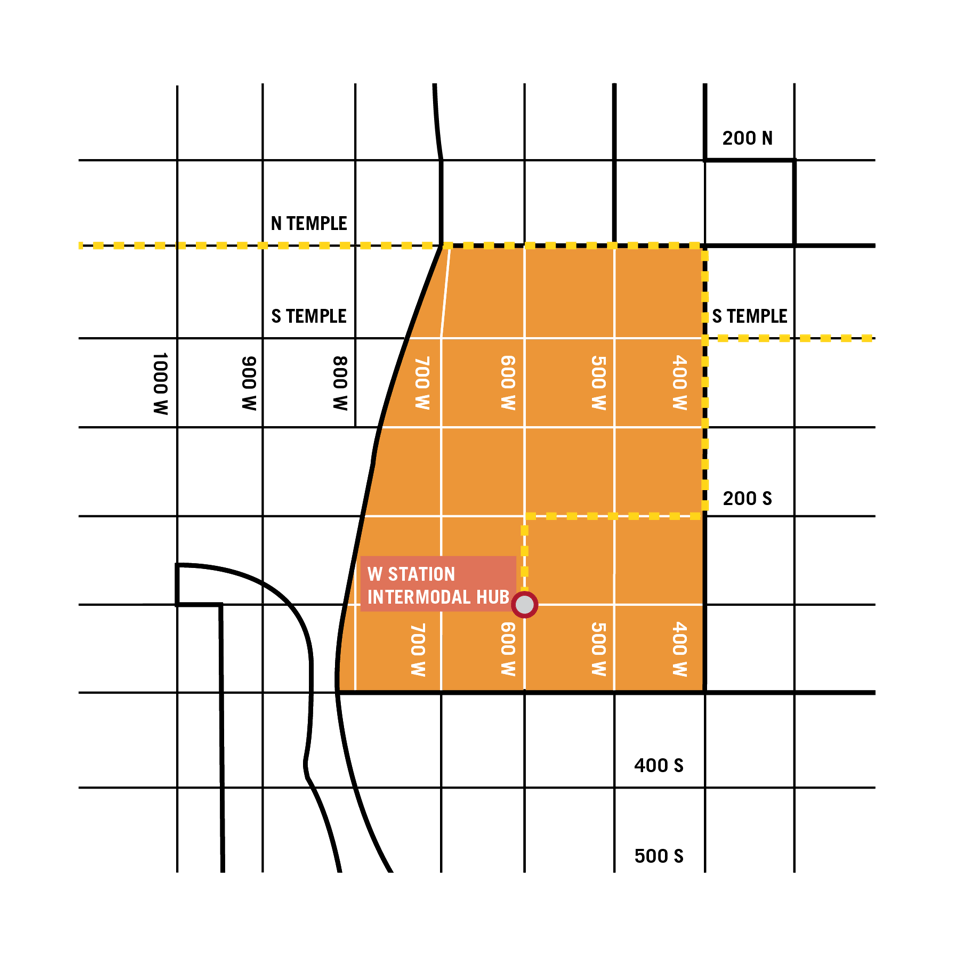
Asher Adams Hotel
In the summer of 2022, the RDA granted a $7 million loan to fund the development of the Asher Adam’s Hotel. This project is centered around the adaptive reuse of the Union Pacific Depot building, which is a historic landmark situated in the Depot District project area at the Gateway. The development aims to provide the public with access to the repurposed building, create several full-time and year-round employment opportunities, offer new hospitality services, and increase the tax base, which will benefit the community at large. The project is presently underway and is expected to be completed by 2024.
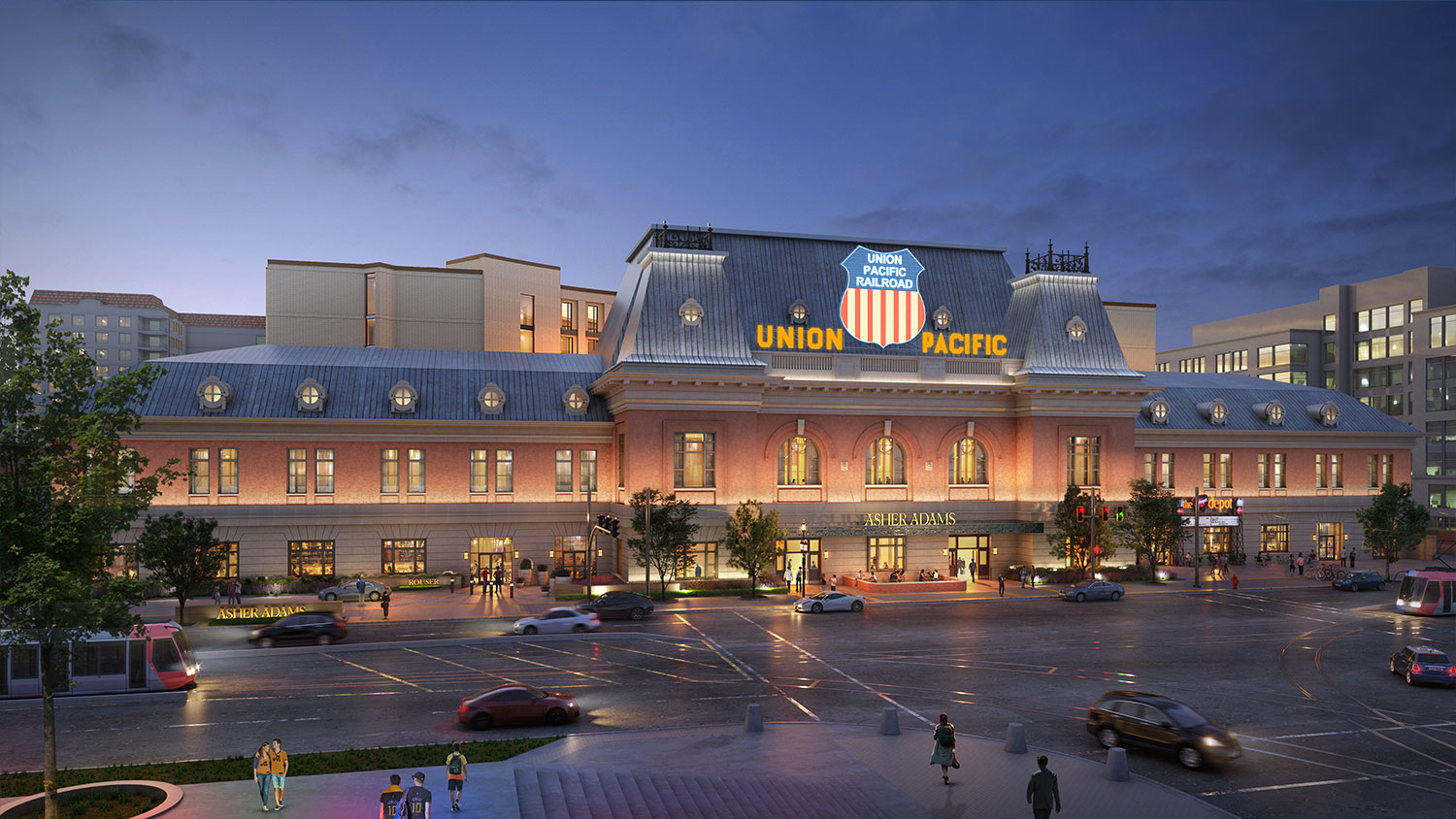
The Nest at Rio Grande
In the spring of 2023, we closed on a $1.1 million loan with the developers of The Nest, a housing development that will feature 220 units affordable to those earning 60% of the Area Median Income (AMI). Ground has been broken and it’s expected to be completed in late 2024.
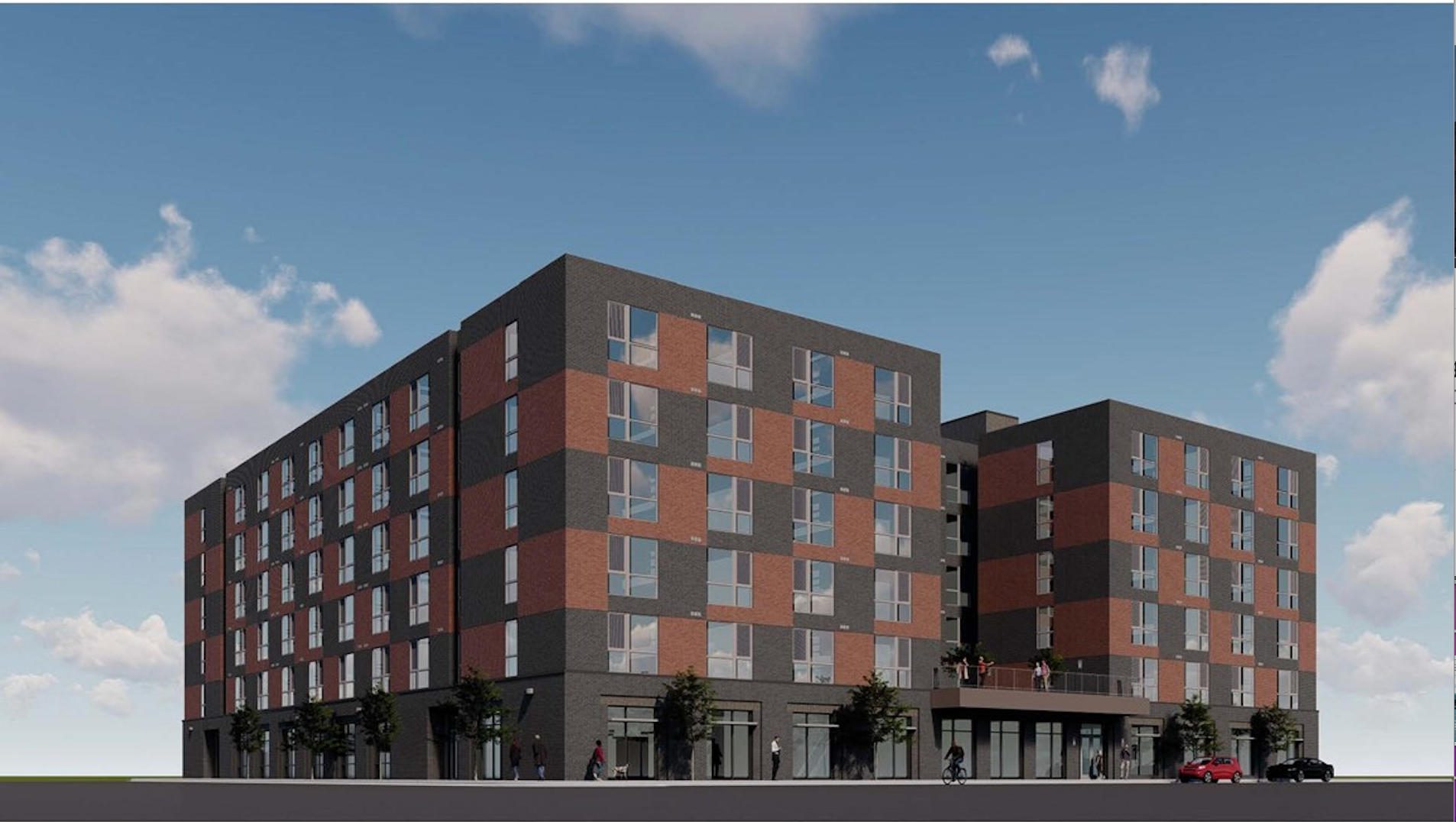
Central Business District
The Central Business District Project Area (CBD) includes much of downtown Salt Lake City, the commercial heart of not only the city, but the State of Utah. The guiding plans for the CBD call for strengthening the City’s tax base through economic development and growth. These efforts should provide for new commercial and housing development, as well as rehabilitation of existing downtown buildings. The CBD Project Area Plan also recommends installation of public improvements, including transportation enhancements and cultural facilities. Within the area’s 266 acres, which are bounded by North Temple and 500 South, and by 400 West and 200 East, the RDA generates tax increment from a selected 100 acres. The remaining 166 non-tax increment generating acres are still eligible for RDA programs and funding.
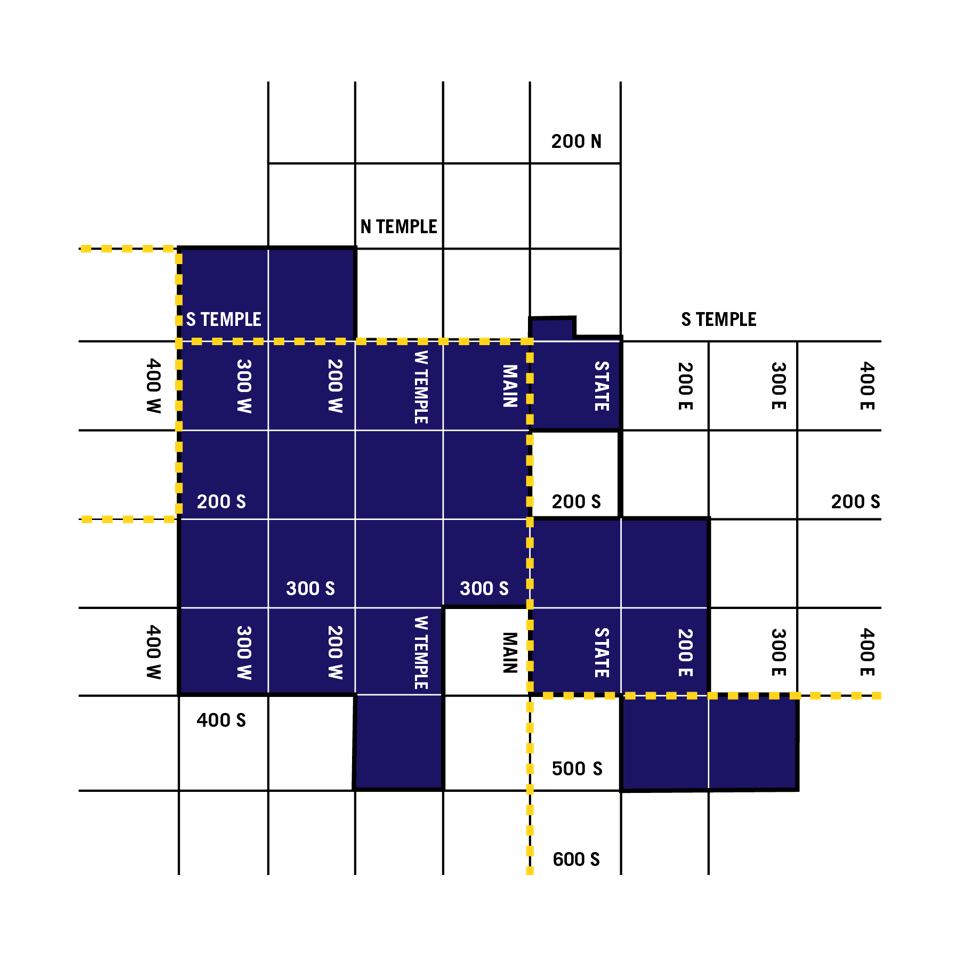
Paperbox Lofts
The newly opened Paperbox Lofts in downtown Salt Lake City have added 39 units of affordable housing to the city’s housing stock. The building, situated at 340 W. and 200 South, is an exemplary model of mixed-use development, integrating residential, commercial, and public spaces. The property features residential units, ground-floor retail, a pocket park, and exterior art. Paperbox Lofts is a welcome addition to the City’s urban landscape, offering a new standard of quality and affordability in modern urban living.
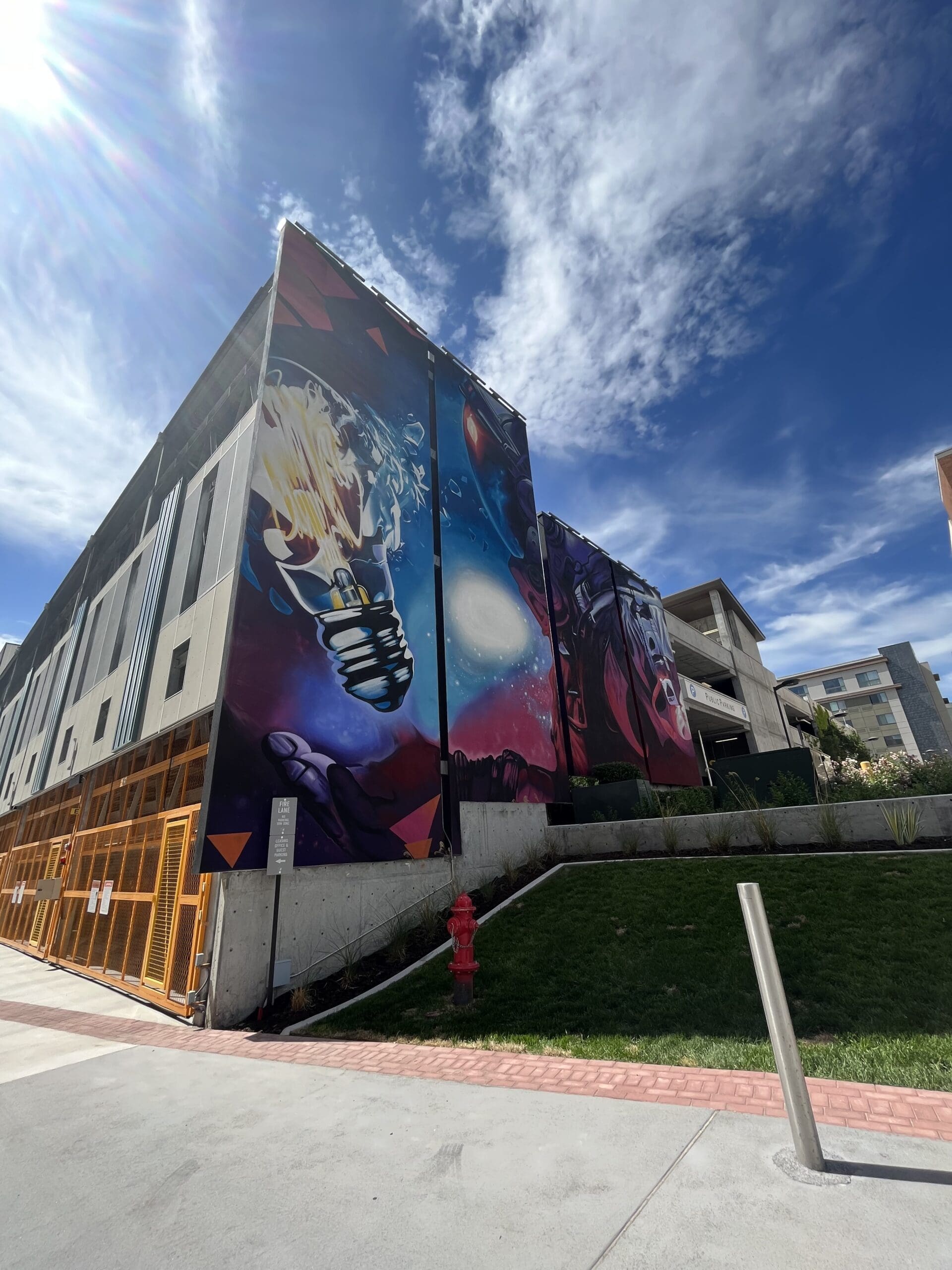
The Aster
We’ve officially cut the ribbon on one of Salt Lake City’s most monumental affordable housing and commercial developments, The Aster! Located at 255 S. State Street, its location is right in the heart of Downtown. The Aster is quite unique in that it consists of not one but three structures: two new builds and a renovation. The Aster contains 168 units – ranging in size from studios to 4 bedrooms – designated as deed-restricted to households making 20% to 80% of the area median income (AMI), with over half of the units listed at 50% AMI or below.
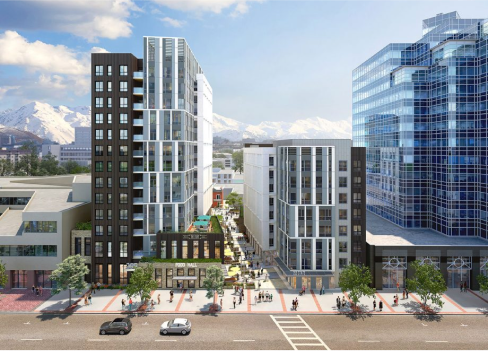
150 Main
The upcoming mixed-use tower project is set to include 400 residential units, out of which 40 will be rented as affordable housing for residents earning 60% to 80% of the City’s average income. The project will also introduce a new midblock walkway on Main Street, featuring public open space and art. The developers plan to activate Main Street by adding publicly accessible open space, pedestrian connections, ground-floor retail, and dining options.
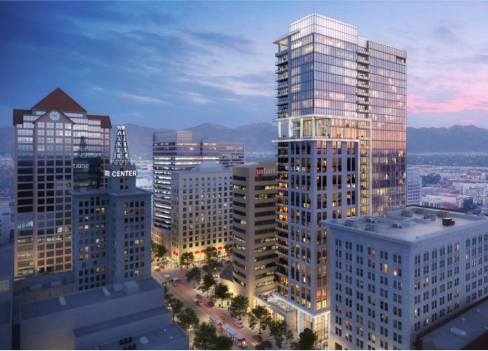
West Quarter
The West Quarter development project will occupy most of Block 67, bounded by 100 South, 200 South, 200 West, and 300 West. It will feature mixed-use development comprising residential, retail, hotel, and office spaces. Additionally, the project includes mid-block walkways, 1,246 new public parking stalls, and improved connectivity with the adjacent Japantown Street. The project aligns with the Downtown Master Plan and aims to increase housing stock, provide midblock connections, sidewalk-facing retail spaces, parking, and increased job opportunites.
